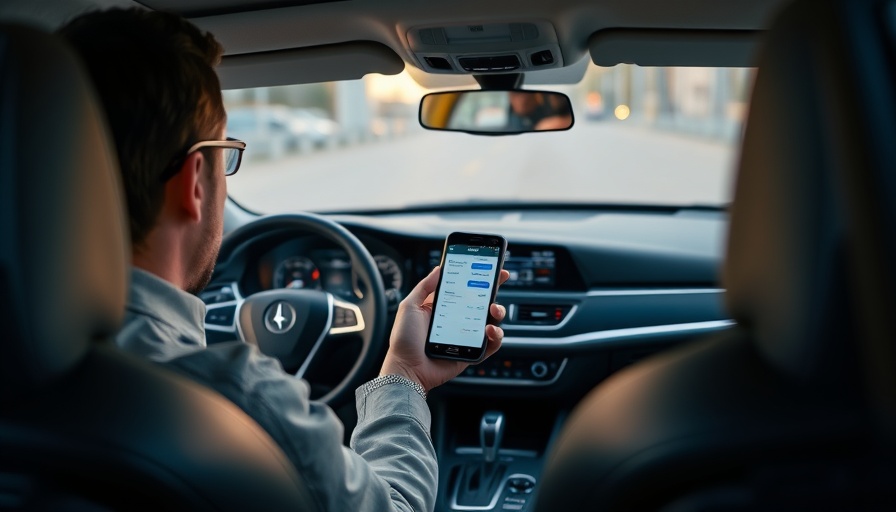
Discover the Freedom of Off-Grid Overlanding
Imagine being in the heart of nature with the luxury of power at your fingertips. Off-grid overlanding vehicles paired with solar-powered setups allow you to experience distant landscapes while embracing the comforts of home. The allure of solar technology in this setting lies in its benefits—no noisy gas generators, just the serenity of nature combined with efficient energy use.
Why Choose Solar Power for Your Overlanding Adventures?
Switching from traditional generators to solar power transforms your camping experience. Why is solar the ultimate choice for overlanders? Here are some compelling reasons:
- Silence is Golden: Say goodbye to the disruptive hum of gas generators and enjoy the sounds of nature.
- Low Maintenance: Fewer moving parts mean fewer issues, allowing you to focus on your journey.
- Unlimited Power: With the right setup, you can remain self-sufficient for extended periods.
- Environmentally Friendly: Solar energy leaves no trace—just a journey marked by tire tracks.
Selecting the Perfect Overlanding Vehicle
Finding a vehicle that can handle rugged terrain and accommodate solar panels is critical for success. Here are some top choices for solar-friendly overlanding:
- Toyota Land Cruiser: Reliable with ample aftermarket support (6–8 sq. ft. roof space).
- Jeep Wrangler (4-door): Compact and modular with 5–7 sq. ft. roof space.
- Ford F-150 with camper: Space for heavy batteries (10–14 sq. ft. roof space).
- Mercedes Sprinter 4×4: A solar panel paradise with its flat roof (20+ sq. ft. roof space).
Understanding Your Power Needs
How much power do you require on your adventures? It can vary greatly depending on whether you're taking weekend trips or living off-grid full-time. A few useful guidelines might help:
- Weekend warriors: Start with a 100–200W panel and a 100Ah battery.
- Week-long adventures: Opt for a 300W+ panel with a 200Ah battery.
- Full-time nomads: Power up with a 600W+ panel and a 400Ah battery.
Final Thoughts
As you dream of your next adventure, consider how off-grid solar setups can elevate your overlanding experience, enhancing your sense of freedom while minimizing your environmental footprint. Whether you're a casual camper or a full-time traveler, investing in the right gear and planning your power needs can lead to unforgettable journeys. Ready to take a leap into the wild?
Get Started with Off-Grid Overlanding
For more insights into automotive technology and the latest car gadgets for your off-grid adventures, stay tuned. Establishing a solar-powered setup may seem daunting, but the rewards are well worth it.
 Add Row
Add Row  Add
Add 




Write A Comment